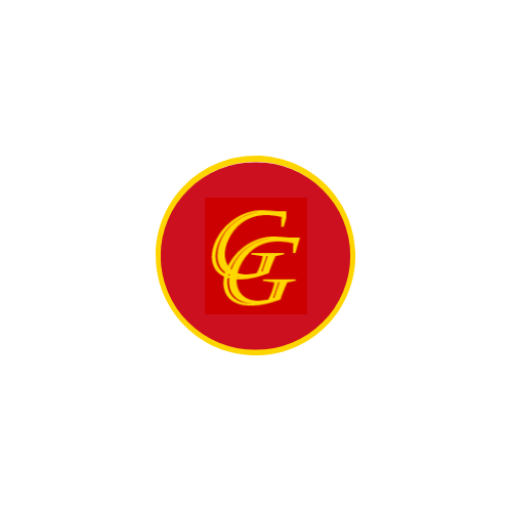
Good morning, Leathernecks!
And on this the 1st day of August in the history of our beloved Corps:
In 1801, the Enterprise forces the Tripolitan ship Tripoli to surrender after a 3-hour cannonade. Marines play an important role by sweeping the enemy decks with musket fire whenever the corsair approached to board.
In 1922, the 3rd and 5th Regiments disband and their personnel transfer to the 4th Regiment and the newly reestablished 1st Regiment.
In 1925, the Marine Legation Guard withdraws from Managua, Nicaragua.
In 1942, the 12th Defense Battalion is organized at San Diego.
In 1943, Marine planes of AirSols participate in a major strike against Japanese positions holding the advance on Munda Airfield, New Georgia.
VMF-323 and VMSB-333, 334, and 343 are organized at Cherry Point.
In 1944, the 2nd and 4th Marine Divisions reach the southern coast of Tinian and all organized Japanese resistance is finished. Marine casualties on Tinian total 368 dead and 1,921 wounded. Losses among Navy personnel attached to VAC are 26 killed and 40 wounded.
On Guam, the 1st Provisional Marine Brigade assumes responsibility for clearing the southern sector of Guam while the 3rd Marine Division and the 77th Infantry Division advance abreast to the north.
VMSB-236 and 241 are decommissioned.
In France, Major Peter Ortiz and Marine Sergeants John P. Bodnar, Jack R. Risler, and Frederick J. Brunner parachute into German-occupied southeastern France.
They are part of a seven-man team from the Office of Strategic Services (a forerunner of the Central Intelligence Agency) inserted to assist French guerrilla units.
All but Brunner are captured by German forces on 16 August.
In 1945, most of the 2nd MAW passes under the control of the Far East Air Forces (FEAF).
The Cape Gloucester and her Marine squadrons sail from Okinawa for the East China Sea to cover mine sweeping operations and launch strikes near Shanghai.
MAG-32’s four dive bomber squadrons cease tactical operations in the Philippines and prepare for return to the United States.
VMTB-473 is organized at El Centro. VMF-481 is reactivated at Santa Barbara.
In 1946, the Commandant fixes Marine aviation strength at a wing and a group, all concentrated on the west coast of the United States or in the Pacific region. Proposed manpower for all FMF elements is set at 2,149 ground and 1,498 aviation officers, and 36, 493 ground and 11,498 aviation enlisted personnel.
In 1960, the, Corps’ enlisted Rank and Pay Structure Board revised the rank structure,
incorporating lance corporals, E8s and E9s. The prefix “acting” was abolished by General David M. Shoup, 22nd Commandant of the Marine Corps.
In 1961, in response to rising tensions with the Soviet Union over Cuba and Berlin, Congress authorizes the president to activate reserve forces totaling up to 250,000 for up to one year.
Helicopter units, beginning with HMR(L)-362, begin participating in the transplacement rotation to Okinawa.
In 1962, HMM-163 replaces HMM-362 as the Shufly squadron.
In 1963, Marine all-weather squadrons equipped with the F4B Phantom are redesignated as fighter/attack squadrons.
They become VMFA-314, 513, and 531.
In 1964, the Marine Corps Schools renames the Senior Course as Command and Staff College and the Junior Course as Amphibious Warfare School.
In 1965, at Phu Bai 3/4 begins the Combined action Program, which will eventually be adopted throughout III MAF.
It uses a Marine infantry squad to reinforce a local Vietnamese militia unit.
These Combined Action Platoons are each permanently assigned to protect a village.
In 1966, VMO-3 is reactivated at Camp Pendleton.
It will be subsequently redesignated in 1968 as HML-367.
In 1967, there are now about 78,000 Marines in ‘Nam.
In 1969, as part of the implementation of the Military Justice Act of 1968, Brigadier General Duane L. Faw and Colonel Ralph K. Culver join seven Navy officers and three civilians on the new Navy Court of Military Review.
In 1976, VMO-8 is deactivated at El Toro.
In 1989, the Marine Corps University is established to oversee a number of educational programs.
Although I could not find a specific date, this is what happened during the month of August in the history of our beloved Corps:
In 1778, the brigantine General Gates and her Marines defeat the British letter-of-marque brig Montague in the Atlantic.
In 1836, during the Seminole War, the Creek Indians end their resistance and join with the Marines.
Henderson shifts his force to Fort Brooke, Florida.
In 1929, the 11th Regiment departs Nicaragua and is disbanded as it sails for the United States.
In 1930, VF-5M, first activated in 1925 as VF-2M, is redesignated VF-9M at Quantico.
In 1944, the 3rd Marine Division captures Agana, the capital of Guam, while the 77th Infantry Division reaches the eastern coast of the island, cutting it in half.
Most Japanese forces have withdrawn to the north.
In 1961, due to an increase in voluntary enlistments and the response of reservists to voluntary call up to active duty, the Corps announces that its buildup to 190,000 will be achieved six months earlier than planned.
In 1991, as part of the post-Cold War drawdown, the Marine Corps begins deleting the fourth rifle companies from its infantry battalions.

Saepius Exertus, Semper Fidelis, Frater Infinitas!
Often Tested, Always Faithful, Brothers Forever!
-Richard W. Pettengill, Corporal USMC
And damn proud of it!
